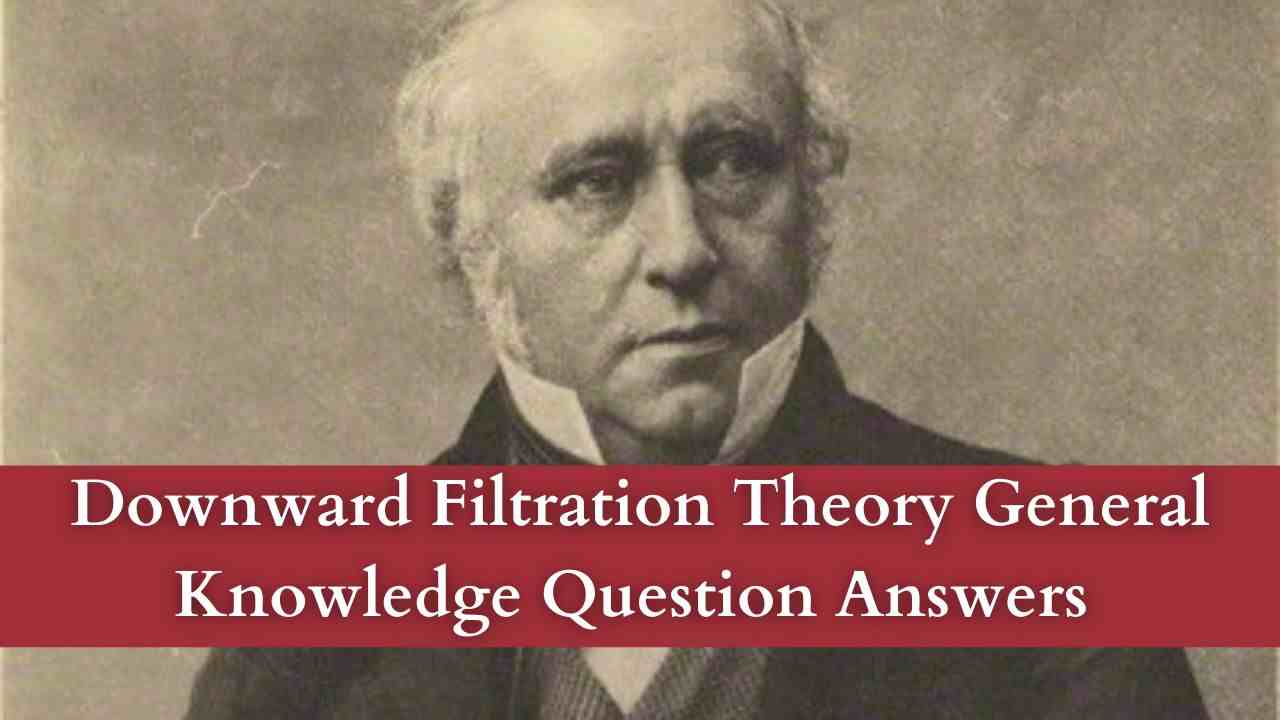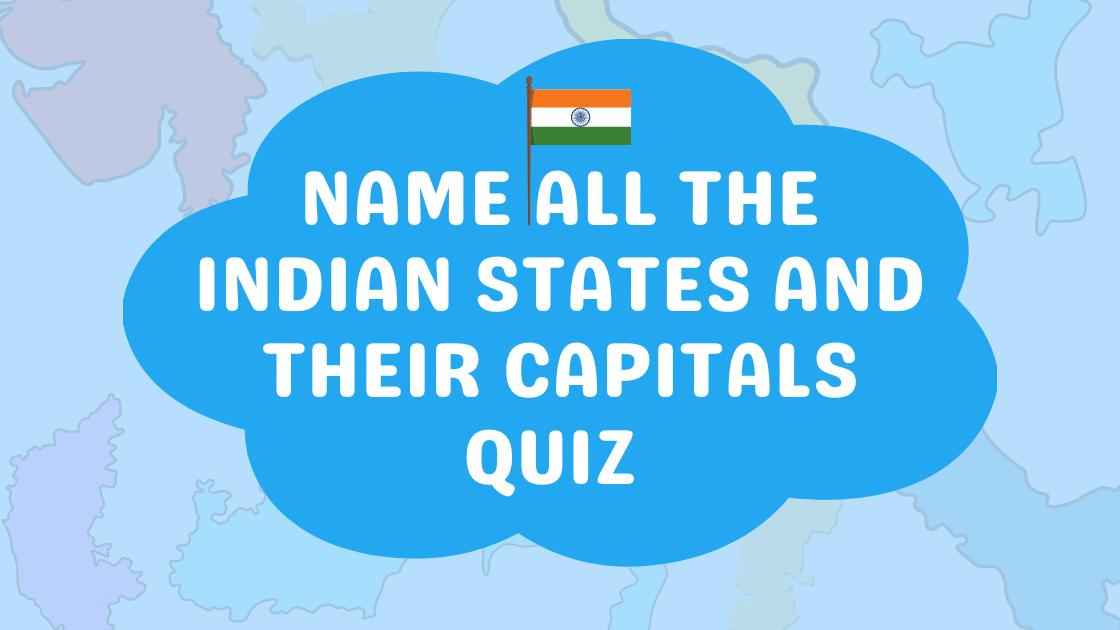Downward Filtration Theory of Education – GK Question and Answer
→ Lord Macaulay crafted this Downward Filtration Theory during the colonial era with a bold aim: to transform the educational scene of British India.
Table of Contents
ToggleHello Readers, Welcome to our special GK segment. In this post, we have created some important question answers about the Downward Filtration Theory of education in India. With these Downward Filtration Theory general knowledge questions, you can better understand this theory.
When we read any topic in a question-answer format, it’s very easy to remember the concept and memorize the related things. So, let’s have a look at these important general knowledge question answers related to the Downward Filtration Theory of education.
Overview and Details
| Important Information | Details |
|---|---|
| Originator | Lord Macaulay |
| Theory Name | Downward Filtration Theory |
| Historical Context | Crafted during the colonial era, British India |
| Purpose | Transformation of the educational landscape |
| Key Impact | Shaped the educational narrative in British India |
| Format | Question and Answer based for easy comprehension and memorization |
GK Question Answers About Downward Filtration Theory
Who promoted the Downward Filtration Theory in India?
Lord Macaulay promoted the Downward Filtration Theory in India.
What was the main goal of the Downward Filtration Theory?
The main goal was to educate a small upper-class Indian population who would then disseminate education to the broader masses.
Where did the Downward Filtration Theory first appear?
The theory first appeared in “Macaulay’s Minutes.”
For what reason did the British government adopt the Downward Filtration Theory?
The British government adopted this theory to save on high investment in education and to educate a select group from the upper and middle classes.
What was Lord Macaulay’s aim in promoting the Downward Filtration Theory?
Macaulay aimed to create a class that would act as interpreters between the British rulers and the Indian masses.
What did the Downward Filtration Theory overlook in the Indian education system?
It overlooked indigenous village schools and failed to prioritize mass education.
How did the British view the education provided by indigenous village schools?
The British viewed it as crude and inadequate.
What were the three main aspects of the Downward Filtration Theory?
Educating the higher classes in English, making them role models for the lower classes, and enabling them to educate the broader public.
Why did the Downward Filtration Theory fail?
It failed because the educated classes separated themselves from the masses and did not bridge the gap between the British and the wider population.
What was the significant impact of English education on Indians according to the Downward Filtration Theory?
It was supposed to improve their culture and way of life, making them intermediaries between the British and the masses.
What was a direct consequence of the failure of the Downward Filtration Theory?
Education became restricted to those with money, leading to a separation between the educated classes and the common populace.
How did the attitude of the common people contribute to the failure of the Downward Filtration Theory?
Educated Indians gained a sense of independence, self-respect, and national pride, leading them to strive for national independence rather than serving as intermediaries.
Until when did the effects of the Downward Filtration Theory continue?
The effects continued until 1870.
What role did private educational institutions play after the failure of the Downward Filtration Theory?
They contributed significantly to educating the masses and inspired them to fight for independence and love their nation.
What was the primary reason for the British to educate only a small number of Indians?
The primary reason was that the government was unwilling to invest a large amount of money in education.
How was education supposed to “filtrate downwards” according to the theory?
Education was supposed to flow down from the upper classes to the masses.
What did Auckland advocate regarding education in India?
Auckland urged that government efforts be limited to the expansion of higher education for the elite strata of society.
What was the misconception about the village schools according to the British?
The misconception was that these schools provided an inadequate form of education.
What was the outcome for English-educated Indians regarding employment?
There was too much competition for government jobs, leading to unemployment among English-educated Indians.
How did English-educated individuals contribute to the educational movement in India after the theory’s failure?
They opened schools based on Western models and promoted national independence, contributing to a new educational movement.
What was the public’s perception of the educated classes as a result of the Downward Filtration Theory?
The public perceived the educated classes as role models who would strengthen their culture.
How did the government intend to use the educated elite according to the theory?
The government intended to use the educated elite to manage the bureaucracy and serve as a link between the British and the Indian masses.
What were the unintended consequences of educating the elite according to the theory?
The educated elite separated from the ordinary populace, leading to a failure in spreading education to the masses.
What was a key factor that prevented the Downward Filtration Theory from achieving its goals?
A key factor was the inability of the government to provide acceptable employment to the large number of English-educated Indians.
What led to the establishment of new English schools in India?
Unemployed English-educated Indians established new schools to avoid joblessness and meet the population’s educational needs.
How did education under the Downward Filtration Theory change the societal structure in India?
It created a divide between the educated upper classes and the ordinary populace, altering the societal structure.
What was the role of the educated Indian middle class according to the British plan?
They were supposed to educate the masses and introduce modern concepts to them.
Why was mass education not prioritized under the Downward Filtration Theory?
Mass education was not prioritized because the government focused on educating only a small segment of the population due to limited funds.
What misconception did the British have about the role of higher-class people in spreading education?
The British misconceived that higher-class people, once educated, would naturally spread education to the lower classes.
How did the failure of the Downward Filtration Theory contribute to the rise of nationalism in India?
The failure led to educated Indians developing a sense of national pride and striving for independence, contributing to the rise of nationalism.
5 Most important Key insights from Downward Filtration Theory
Lord Macaulay’s Initiative: Lord Macaulay introduced the Downward Filtration Theory to reshape education in British India.
Selective Education Approach: The theory aimed to educate a chosen few from upper classes, expecting them to spread knowledge among the masses.
Foundations in “Macaulay’s Minutes”: The Downward Filtration Theory was first unveiled in “Macaulay’s Minutes,” presented to the Governor-General of British India.
Impact on Social Structure: English education of the higher class aimed to set examples for the general population, influencing culture and education.
Causes of Failure: The theory faltered due to the sheer population, English-educated unemployment, and a disconnect between the educated class and common populace.
We hope you enjoy learning about the question and answers related to the Downward Filtration Theory. Lord Macaulay crafted this theory during the colonial era with the bold aim of transforming the educational landscape of British India.
Join us on this enlightening journey as we explore the intricacies of the Lord Macaulay’s educational theory and its impact on education. Stay tuned for a comprehensive exploration that goes beyond the surface, unraveling the layers of knowledge embedded within the Downward Filtration Theory.
For the Latest Educational News (CBSE, ICSE, and State Board News) and live news updates, like us on Facebook or follow us on Twitter and Join our Premium Telegram Channel. Read more on Latest Exams & Results News on Shikshapress.com.






